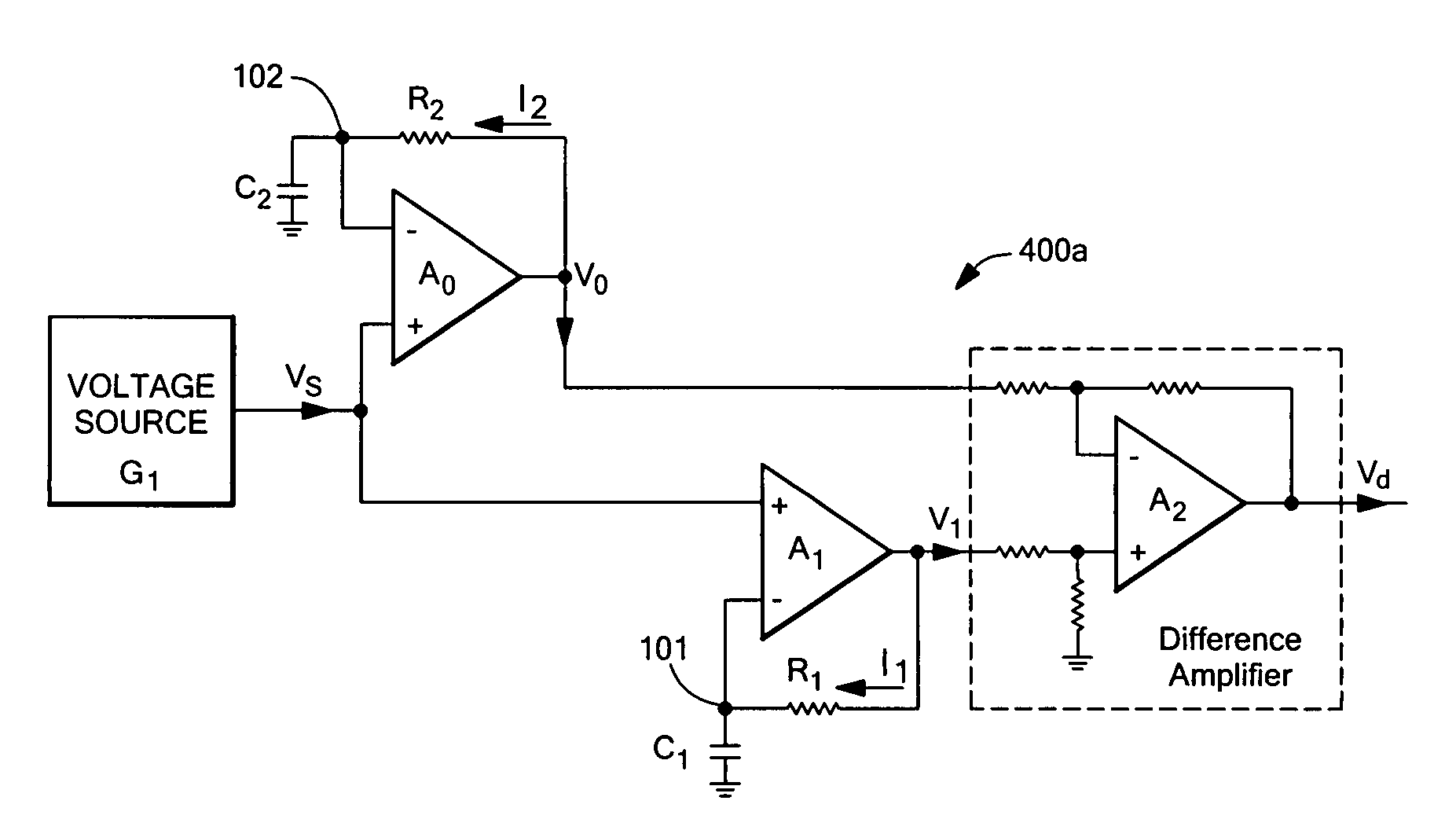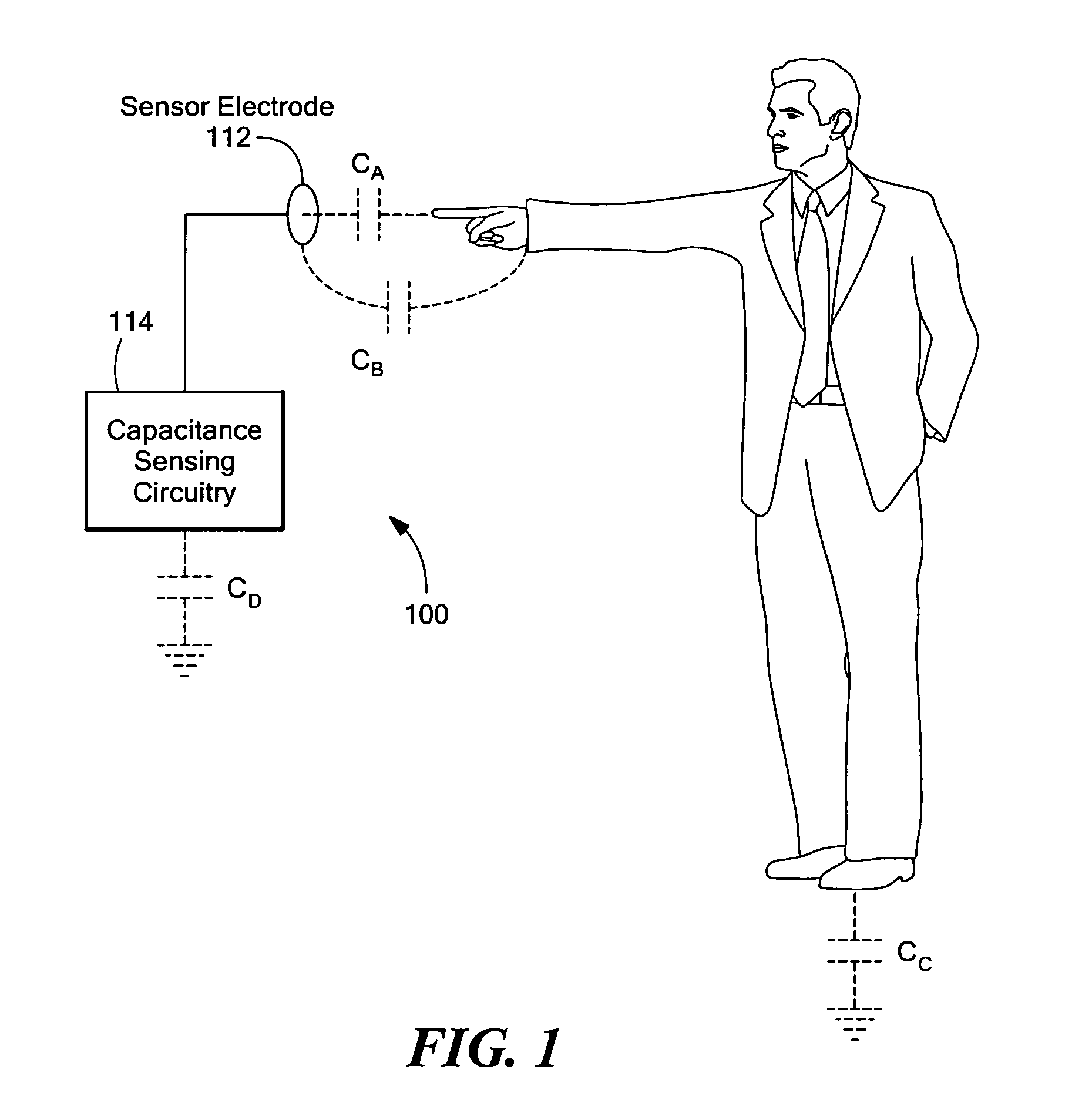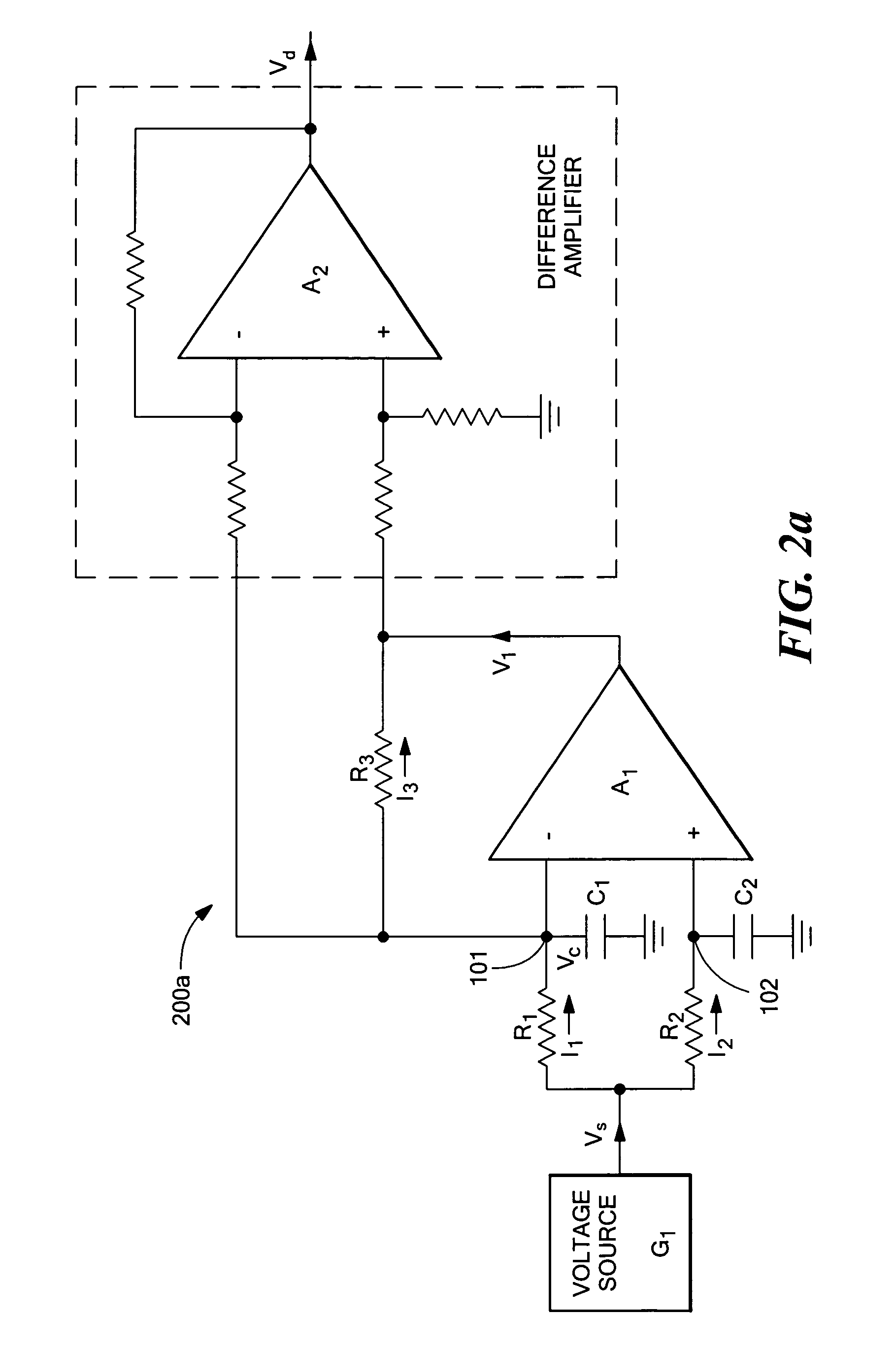Linear capacitance measurement and touchless switch
a capacitance measurement and touchless switch technology, applied in the direction of resistance/reactance/impedence, instruments, pulse techniques, etc., can solve the problems of ineffective programs, individual contaminants deposited on the surface of switches, and subsequent users afflicted with diseases or other serious medical conditions, so as to improve sensitivity and accuracy.
- Summary
- Abstract
- Description
- Claims
- Application Information
AI Technical Summary
Benefits of technology
Problems solved by technology
Method used
Image
Examples
Embodiment Construction
[0046]The entire disclosure of U.S. Provisional Patent Application No. 60 / 690,486 filed Jun. 15, 2005 entitled LINEAR CAPACITANCE MEASUREMENT AND TOUCHLESS SWITCH, U.S. Provisional Patent Application No. 60 / 662,378 filed Mar. 17, 2005 entitled CAPACITANCE MEASUREMENT AND TOUCHLESS SWITCH, U.S. Provisional Patent Application No. 60 / 619,697 filed Oct. 19, 2004 entitled DIFFERENTIAL CAPACITANCE MEASUREMENT AND TOUCHLESS SWITCH, and U.S. Provisional Patent Application No. 60 / 601,610 filed Aug. 16, 2004 entitled DIFFERENTIAL CAPACITANCE MEASUREMENT AND TOUCHLESS SWITCH, is incorporated herein by reference.
[0047]A capacitance measurement apparatus and technique are disclosed that can be employed to enhance the sensitivity and accuracy of many different types of capacitive transducers, proximity sensors, and touchless switches. FIG. 2a depicts a first illustrative embodiment of capacitance measurement circuitry 200a, in accordance with the present invention. In the illustrated embodiment, ...
PUM
 Login to View More
Login to View More Abstract
Description
Claims
Application Information
 Login to View More
Login to View More - R&D
- Intellectual Property
- Life Sciences
- Materials
- Tech Scout
- Unparalleled Data Quality
- Higher Quality Content
- 60% Fewer Hallucinations
Browse by: Latest US Patents, China's latest patents, Technical Efficacy Thesaurus, Application Domain, Technology Topic, Popular Technical Reports.
© 2025 PatSnap. All rights reserved.Legal|Privacy policy|Modern Slavery Act Transparency Statement|Sitemap|About US| Contact US: help@patsnap.com



